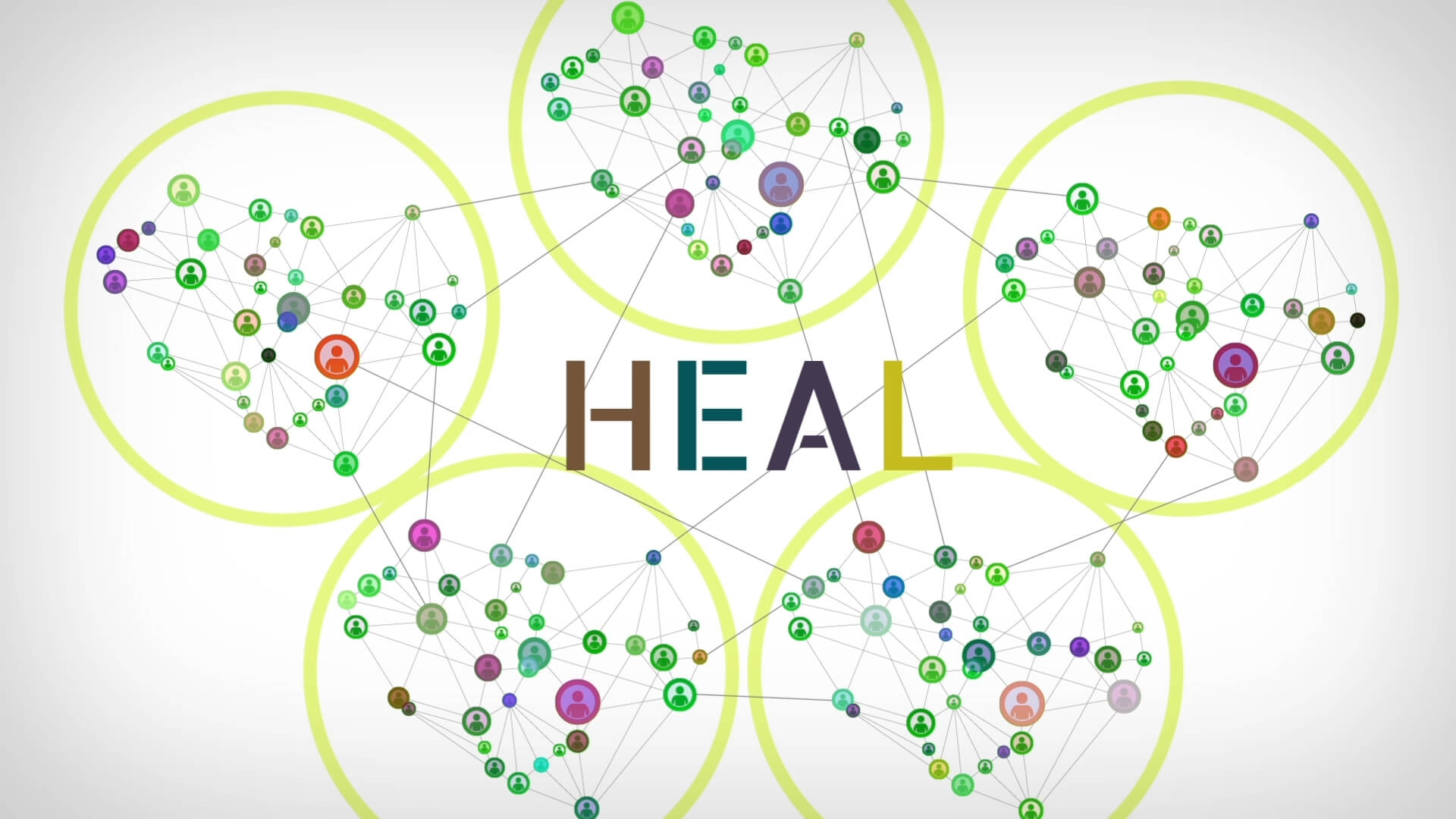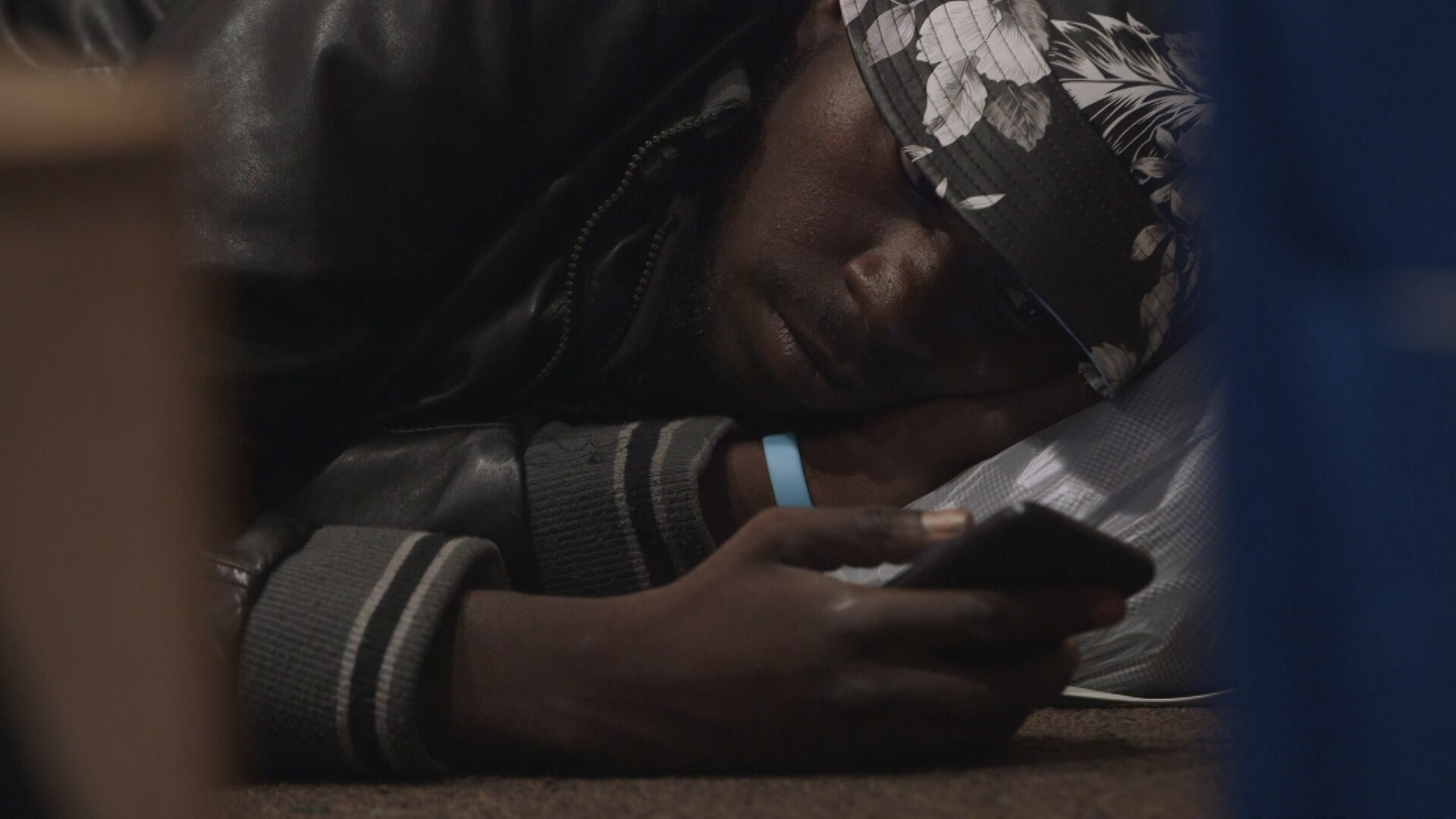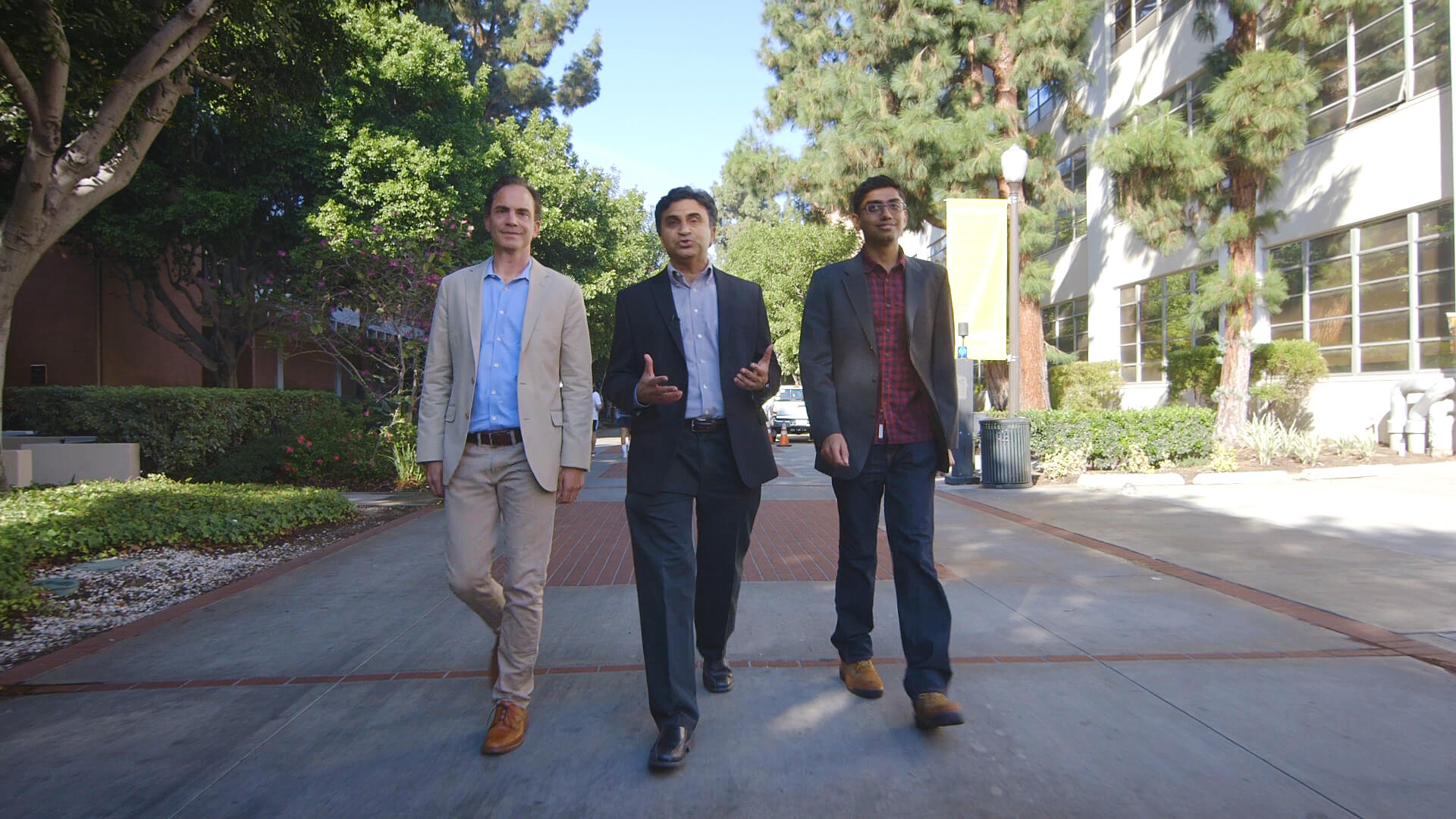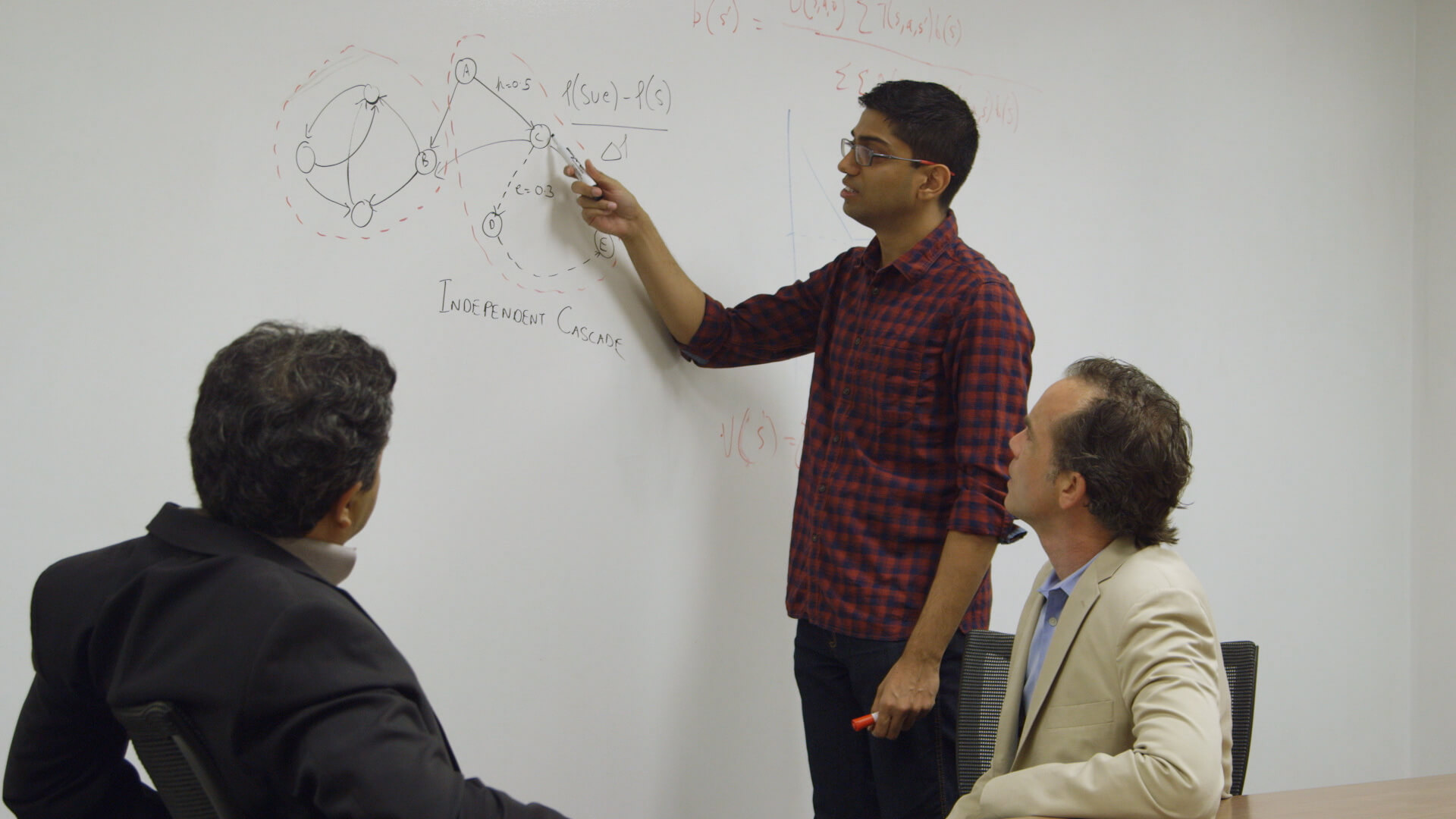Making AI a Force of Good
Like many young adults, Samuel, 24, came to Los Angeles to chase his dreams. The Wisconsin native arrived in LA last year with $1,700 in his pocket and plans to launch a music career and work as a tattoo artist.
Within a month, however, Samuel was homeless. He burned through his money quickly, and so far has had no luck finding work or a home. For several months, he has been a regular presence at the youth shelter My Friend’s Place.
A gregarious young man with more than 500 followers on Instagram and 600 on Facebook, Samuel was selected by social workers at My Friend’s Place to participate in a landmark pilot study conducted in partnership with USC.
The study involved the use of a customized algorithm created by scholars at the Center for Artificial Intelligence in Society to better identify the fluid population of LA’s estimated 6,000 homeless youth and, through social media, educate them about HIV and encourage them to get tested for the virus. CAIS is a joint venture between USC Viterbi and the USC Suzanne Dworak-Peck School of Social Work, and is led by co-directors Milind Tambe and Eric Rice. CAIS’s mission is to develop ways to make artificial intelligence a force of good in society, beyond smartphone map apps and targeted pop-up ads.
“There’s a sense that AI is benefiting some sections of society, but we want to make sure its impact is seen in communities that have not traditionally benefited from AI or been the focus of AI research,” said Tambe, USC Viterbi professor of engineering and computer science, whose team also has developed algorithms to improve security at Los Angeles International Airport and to reduce the poaching of wildlife in Uganda by more intelligently randomizing schedules of airport police and park rangers.
Homeless youth are 20 times more likely to be HIV-positive than stably housed youth due to high-risk behaviors such as unprotected sex and sharing drug needles, according to research conducted by a graduate student of Tambe. Working with Rice, an associate professor at the Dworak-Peck School, Tambe and two doctoral students completed three pilot studies involving a total of 173 homeless youth. The effort was funded through a grant from the National Institute of Mental Health. The project involved identifying homeless teens and young adults, ages 13 to 25, who had the most influence among their peers, and inviting them to the shelter on three separate occasions. The researchers then mapped their real-world friendships on social media using an algorithm called HEALER, developed by Rice, who is an expert in social network theory and social network analysis, and other members of the CAIS team.
Employing sequential planning and decision theory, HEALER analyzed the complex map of friendships and calculated which people were best positioned to influence their peers and maximize the message of a word-of-mouth campaign. The algorithm constructed an ever-expanding network of contacts.
“As the algorithm learned more about the network, it got smarter about the next batch of teens to invite to join it,” Tambe explained. “What we needed to do was add diversity to the network, and the algorithm helped us achieve that by calculating how to spread the information maximally.”
The algorithm resulted in about 180 percent more information being spread — such as urging teens to get tested for HIV — compared to traditional means of sharing of information, according to Tambe.
Samuel says he doesn’t participate in high-risk behaviors, but he believes many of his homeless peers need to be reminded of the possibly dire consequences. He said people his age are more comfortable talking about HIV and safe-sex practices amongst themselves, and that HEALER is a smart and efficient way to spread the word.
Because the sample size tested was not very large, the results are not statistically significant. But the CAIS researchers say the results bode well for a further study involving 1,000 homeless teens that is set to later this year.
Heather Carmichael, a licensed clinical social worker and executive director of My Friend’s Place, is encouraged by how effective her collaboration with USC has been.
“I don’t understand algorithms,” Carmichael said, “but I do understand the need for radical innovation in order to address such a systemic issue as homeless teens and HIV/AIDS. This project shows how we all have to be as innovative as possible and use our time and resources in the most efficient way.”









